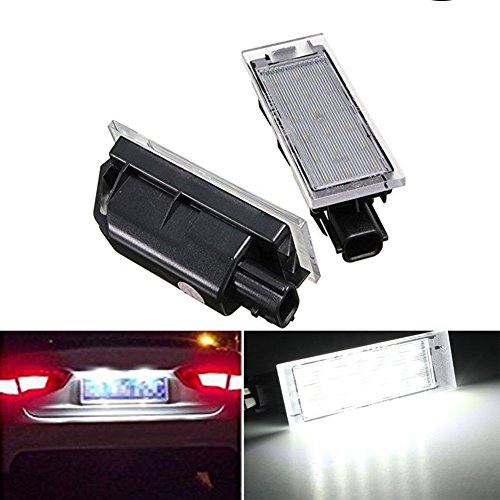eddierogers
Member
- Joined
- Oct 13, 2013
- Messages
- 23
- Reaction score
- 0
Hi all,
I'm posting this for a bit of advice I've got a twingo gt it's got 85, 000 serviced regularly, I've been having problems with a flat spot in 1st and 2nd gears coupled with it being a bit jerky its more noticeable when cold but does do it most of the time mpg seems poor to me only getting 300 to a tank of motorway miles. I changed the coolant temperature sensor due to getting a fault code. I'm not getting any fault codes up now but the problem is still there I'm leaning towards it being an o2 sensor have any of you guys got a more likely sensor that maybe at fault? just don't want to start changing parts on a hunch. Cheers in advance eddie
I'm posting this for a bit of advice I've got a twingo gt it's got 85, 000 serviced regularly, I've been having problems with a flat spot in 1st and 2nd gears coupled with it being a bit jerky its more noticeable when cold but does do it most of the time mpg seems poor to me only getting 300 to a tank of motorway miles. I changed the coolant temperature sensor due to getting a fault code. I'm not getting any fault codes up now but the problem is still there I'm leaning towards it being an o2 sensor have any of you guys got a more likely sensor that maybe at fault? just don't want to start changing parts on a hunch. Cheers in advance eddie





![DZSFTY [Replacement] for Renault for Twingo for Scenic for Megane for Laguna for Kangoo for Clio II 2 for MK2 172 18 for Logan ABS Car Gear Shift Knob Lever Shifter Stick Pen Head (Sliver)](https://m.media-amazon.com/images/I/31XJvjySvmL._SL500_.jpg)















